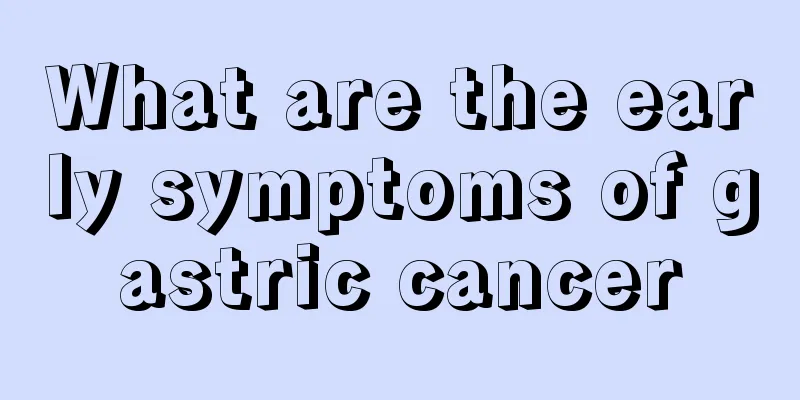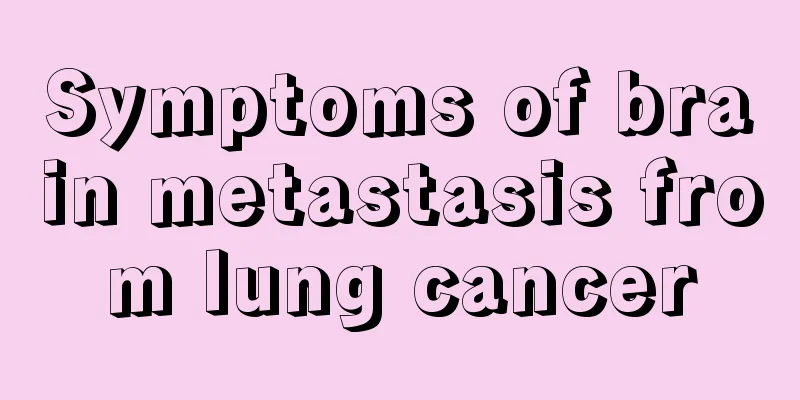What is the treatment for fungal infections and herpes?

|
As the name suggests, fungal disease is caused by fungal infection and is usually divided into: surface infection, skin infection, subcutaneous tissue infection, etc. Herpes is caused by the herpes virus, such as chickenpox. Although the symptoms of the two are somewhat similar, they can still be distinguished by careful observation. So how should they be treated respectively? One cause of disease. Fungal skin diseases, also known as dermatophyte diseases, refer to a large class of infectious diseases of human skin and skin appendages such as mucous membranes, hair and nails caused by pathogenic fungi. It is a superficial fungal infection disease caused by dermatophytes invading the epidermis. Clinically, the disease mostly presents as blister-scaly type manifestations. The damage is mostly limited to one side. Small blisters occur initially, with varying numbers. After the blister fluid dries up, the skin desquams and the area gradually expands. Over time, the skin at the desquamated area becomes rough and thickened, with wide and deep skin lines, and loses its normal luster and flexibility, and feels rough and sandy to the touch. Herpes viruses have the following common characteristics: ① The virus is spherical, and the surface of the viral nucleocapsid is a symmetrical icosahedron composed of 162 shell particles, inside which is a core composed of DNA. There is a lipoprotein envelope around the nucleocapsid, and the outer diameter of the virus is 150 to 200 nm. ②Except for Epstein-Barr virus, all viruses can replicate in the diploid cell nucleus, and eosinophilic inclusion bodies appear in the nucleus. ③The virus can spread directly through intercellular bridges. Herpes viruses mainly invade tissues of ectodermal origin, including skin, mucous membranes and neural tissue. 2. Treatment of fungal diseases Systemic treatment (1) Ketoconazole: This drug is now mostly taken orally to replace griseofulvin. Ketoconazole is a synthetic broad-spectrum antifungal imidazole drug. Its antifungal mechanism is to inhibit the synthesis of ergosterol, an important component of fungal cell membrane, causing the fungal cell membrane to lose its normal function, resulting in increased membrane permeability, and finally causing the fungus to degenerate or even die. According to clinical practice, this medicine has a good effect on superficial fungal diseases. Indications: Mainly used for tinea capitis, followed by systemic tinea corporis, severe tinea cruris and onychomycosis. Contraindications: Abnormal liver function. This drug is contraindicated in pregnant and lactating women. Dosage: Adults, 200 mg, once a day. For children weighing less than 20 kg, take 50 mg once a day; for children weighing 20-40 kg, take 100 mg once a day; for children weighing more than 40 kg, take the adult dose. (ii) Other imidazole drugs: Itraconazole has an antifungal potency 5 to 10 times that of ketoconazole and is the minimum dose used to treat dermatophytes. Topical treatments For superficial fungal diseases that do not involve the hair or nail plate, local therapy can be effective, but it requires patience and persistence in applying the medicine for a long time. There are two groups of drugs commonly used. (I) External use of unique drugs: You can choose the special drug Kexuanling liquid and apply it to the affected area. (ii) Specific broad-spectrum antifungal agents: The largest group of currently widely used agents all have a common imidazole ring, namely imidazole drugs such as fioconazole, miconazole, oxiconazle, econazole, ketoconazole, bifonazole and clotrimazole, which are often made into 1-2% creams for clinical use. 3. Herpes Treatment 1. General treatment Get enough rest, eat easily digestible food, and stay hydrated. Strengthen care, keep skin clean and prevent secondary bacterial infection. Clothes, bedding, towels, dressings, etc. that have come into contact with herpes fluid should be disinfected promptly and not shared with healthy people. Patients with herpetic gingivostomatitis should keep their mouths clean and gargle with 1:1000 benzalkonium bromide solution. Patients with genital herpes should avoid sexual intercourse during treatment. 2. Symptomatic treatment For itchy skin without ulceration, calamine lotion can be applied, and antibiotic ointment can be applied after the herpes ruptures. Patients with obvious pain from herpes zoster should be given analgesics such as indomethacin, and vitamin B1 and B12 can be taken orally or intramuscularly. In case of secondary infection, 0.5% neomycin cream or mupirocin ointment can be used externally. 3. Antiviral treatment Nucleoside drugs are currently considered to be the most effective drugs against HSV. Acyclovir, valacyclovir or famciclovir can be taken orally. Acyclovir ointment, penciclovir cream, etc. can be applied externally to the skin lesions. |
<<: What is the best way to detoxify the human body?
>>: How to treat allergic herpes?
Recommend
Causes and treatment of hypoglycemia
There are many causes of hypoglycemia. For exampl...
Red spots on thighs
In life, red spots will appear on the thighs in m...
Is lymph node metastasis in gastric cancer considered advanced?
Gastric cancer lymph node metastasis is usually n...
4 small recipes for the dietary treatment of intestinal cancer
Intestinal cancer patients who want to recover ea...
What shampoo can make grey hair black? These three work best!
In order to have black hair, countless people rac...
What can I eat for dinner to lose fat
Fat is a very important substance in the body. Fa...
How many nerves does the human body have
I believe many people know that there are many ne...
How much does it cost to treat early breast cancer?
Early chemotherapy for breast cancer costs about ...
Treatment of kidney cancer
I believe everyone knows how many happy families ...
What to do if skin allergies cause pimples?
Skin allergy is a common skin problem in real lif...
What are the symptoms of sphenoid sinusitis
Sphenoid sinusitis is mostly caused by acute rhin...
What are the causes of asymptomatic fever
Fever can be said to be the most common illness i...
Lymphoma patients should pay attention to their daily precautions
In recent years, the incidence of lymphoma in my ...
Can pulpitis heal itself without treatment?
Many people wonder whether pulpitis can heal itse...
What are the symptoms of severe body coldness?
If your body is caught in a cold and you do not d...









